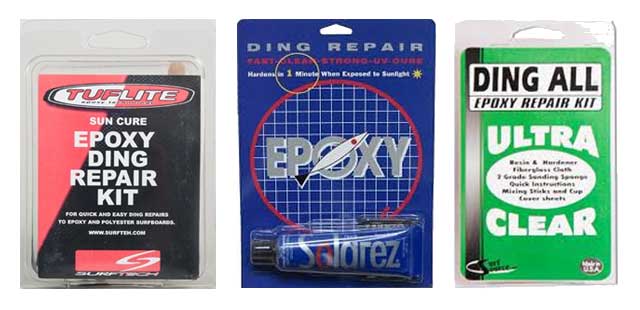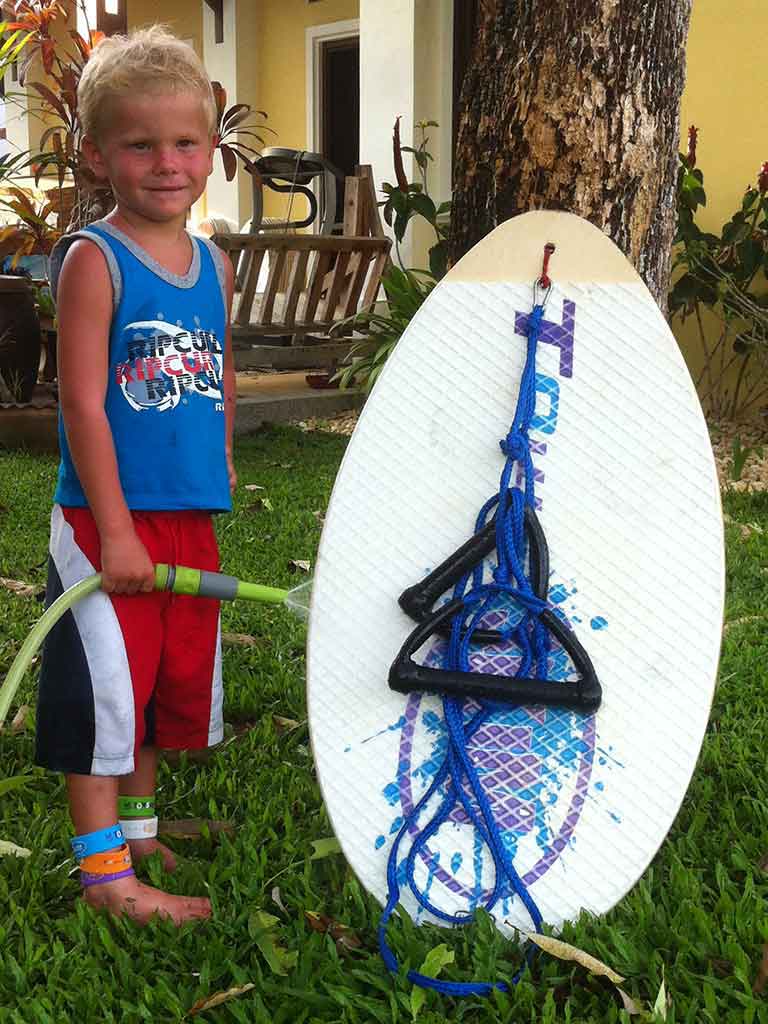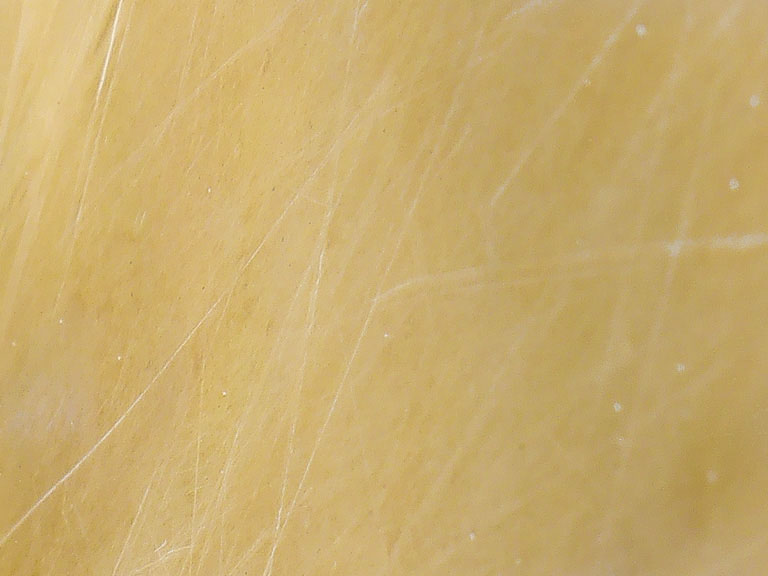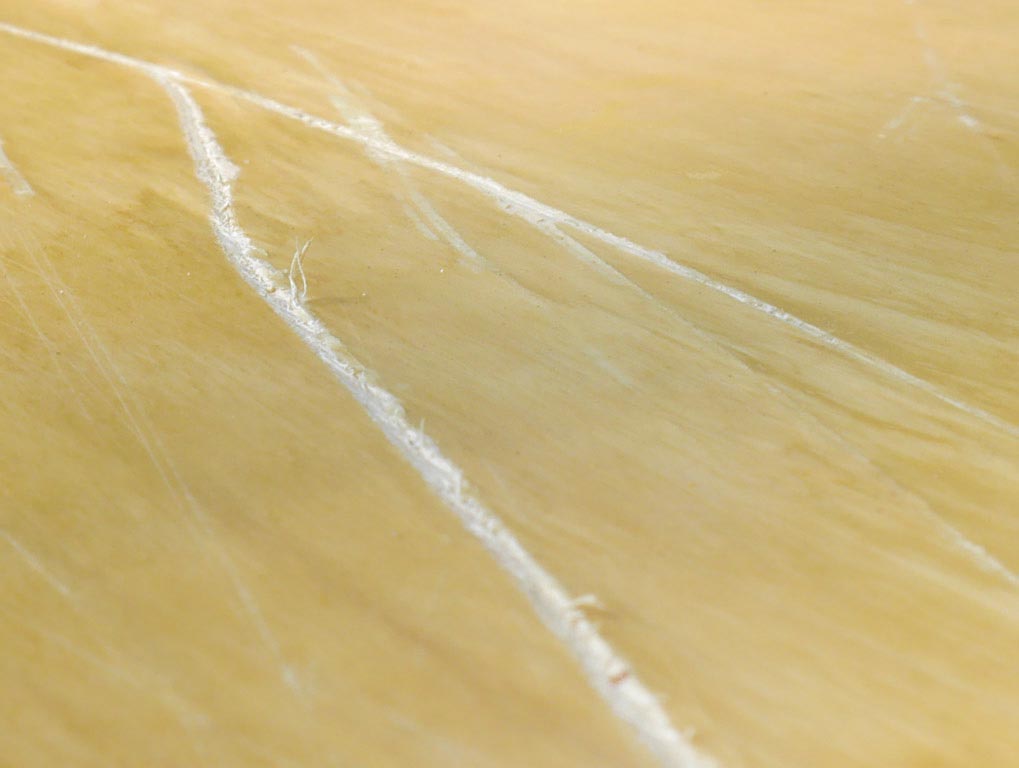Tow Skim boards are pretty hardcore, but still do require some care to ensure they last:
Here on the Board Care page, we’ve put together a short list of do’s and dont’s to help make certain that your Tow Skim board remains in tip-top shape and ready-to-ride at a moment’s notice:
- Wash down your Tow Skim board and tow rope with fresh water after use and let it dry in a shaded area. A mild soap can be used, but is not necessary.
- Store your Tow Skim board in an area where there is no sun or heat, to avoid warping of the wood or pealing of the glue and epoxy.
- For full protection, we recommended that you keep your board inside a board bag(Guard dogs and laser-turrets offer protection, too, but not the kind we’re talking about here …)
- Do not store heavy or sharp objects on your board, it’s not a workbench…
Normal Wear
Scratches on the bottom of the board are normal due to the abrasion of sand and shells at various beaches. They do not have to be repaired unless the wood on the bottom of the board has been exposed from beneath the layer of epoxy enamel.
Any scratches that have exposed the wood must be repaired before your next Tow Skimsession.
Heat and Sunlight
Avoid leaving your board in direct sunlight, or non-ventilated hot locations (like your car) for extended periods of time. Especially, do not place heavy items on your board, if it’s in a hot, non-ventilated location.
Extreme, sustained heat can affect the glue holding the foam grip deck, causing it to separate from the board. More importantly, heat, combined with heavy items on top of the board, can slowly affect the curvature of the board (it’s ‘rocker’) and your board may lose it’s curve shape.
Dings, Scratches and Scrapes
Gouges, cracks, or deep scratches on the board should be repaired with epoxy glue, immediately. This type of glue can commonly be found at your local hardware or hobby store, as well as surf shops.
Make certain that the area of the board you are applying the epoxy glue to is dry and clean from dust or sand. Apply the glue in smooth, even coats, and allow sufficient time for the coat to dry before moving your board. For best results, follow the instructions provided with the product you are using.
Example Epoxy Ding Repair Products:





